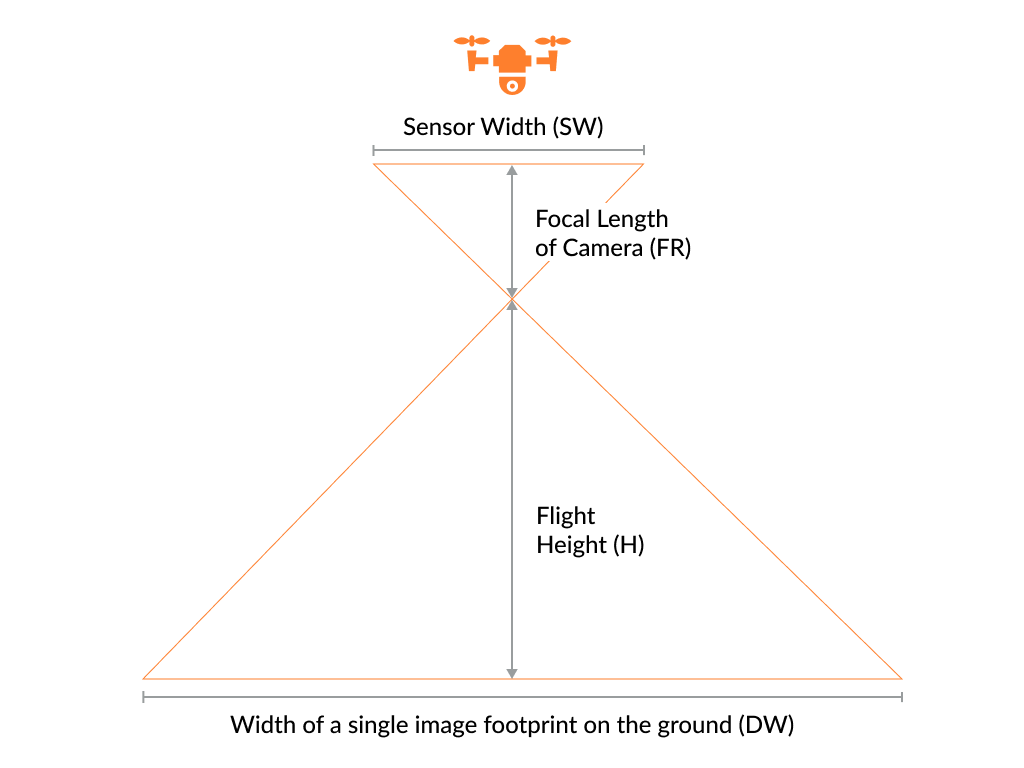Projected Pixel Size: Unlocking Precision in Photogrammetry
Within the domain of photogrammetry, where digital images are transformed into intricate 3D models, projected pixel size assumes a pivotal role in determining the precision and authenticity of your creations. As you embark on your journey through the intricacies of photogrammetry, gaining a comprehensive understanding of and mastery over projected pixel size will empower you to craft 3D models that mirror reality with utmost accuracy and detail.
Decoding Projected Pixel Size
Projected pixel size refers to the relationship between the size of a pixel in an image and the real-world dimensions it represents. In photogrammetry, achieving the desired level of precision relies on effectively controlling this ratio. The projected pixel size directly impacts the level of detail, accuracy, and quality of your final 3D model.
The Formula for Precision:
To achieve the desired projected pixel size, a delicate balance between focal length, distance to the subject, and sensor dimensions must be maintained. The formula that governs this balance is:
Projected Pixel Size × Focal Length × Largest Dimension of the Photo = Sensor Width × Distance to the Subject
Where:
Projected Pixel Size: Desired expansion of traditional ground resolution.
Focal Length: The distance from the lens to the camera's image sensor.
Largest Dimension of the Photo: The width or height, depending on the orientation of the photo.
Sensor Width: Physical width of the camera sensor.
Distance to the Subject: The distance between the camera and the subject being captured.
Maintaining Uniformity:
While achieving a uniform projected pixel size across the entire image is not a strict requirement, One3D has the capability to adjust for variations in projected pixel size. This ensures that the resolution and accuracy of the resulting 3D model remain consistent. However, it's important to note that merging photographs with significantly different projected pixel sizes can lead to challenges in the stitching process.
Sensor size comparison chart for photogrammetry
Real-World Implications:
Consider a scenario where you're capturing a complex architectural structure. By meticulously calculating and maintaining the projected pixel size, you ensure that intricate details, such as ornate designs or fine textures, are accurately represented in your 3D model. This level of precision becomes especially crucial when the model is used for analysis, simulations, or presentations.
In the world of photogrammetry, projected pixel size emerges as a critical factor that determines the precision, detail, and authenticity of your 3D models. By mastering the delicate balance between focal length, distance to the subject, and sensor dimensions, you have the power to elevate your creations to new heights of accuracy and realism. As you dive into the intricacies of projected pixel size, remember that every adjustment is a step toward crafting 3D models that capture the essence of reality with unparalleled precision.



